In industrial automation, when you use various devices, it is necessary to understand the architecture designed in them. Devices communicate with each other in various ways – either through hardware or through communication to share the data between the field and control room. Which link goes in which connection, is necessary to define and work out, Once we understand the architecture, then we can work in the system easily.
SCADA System Architecture
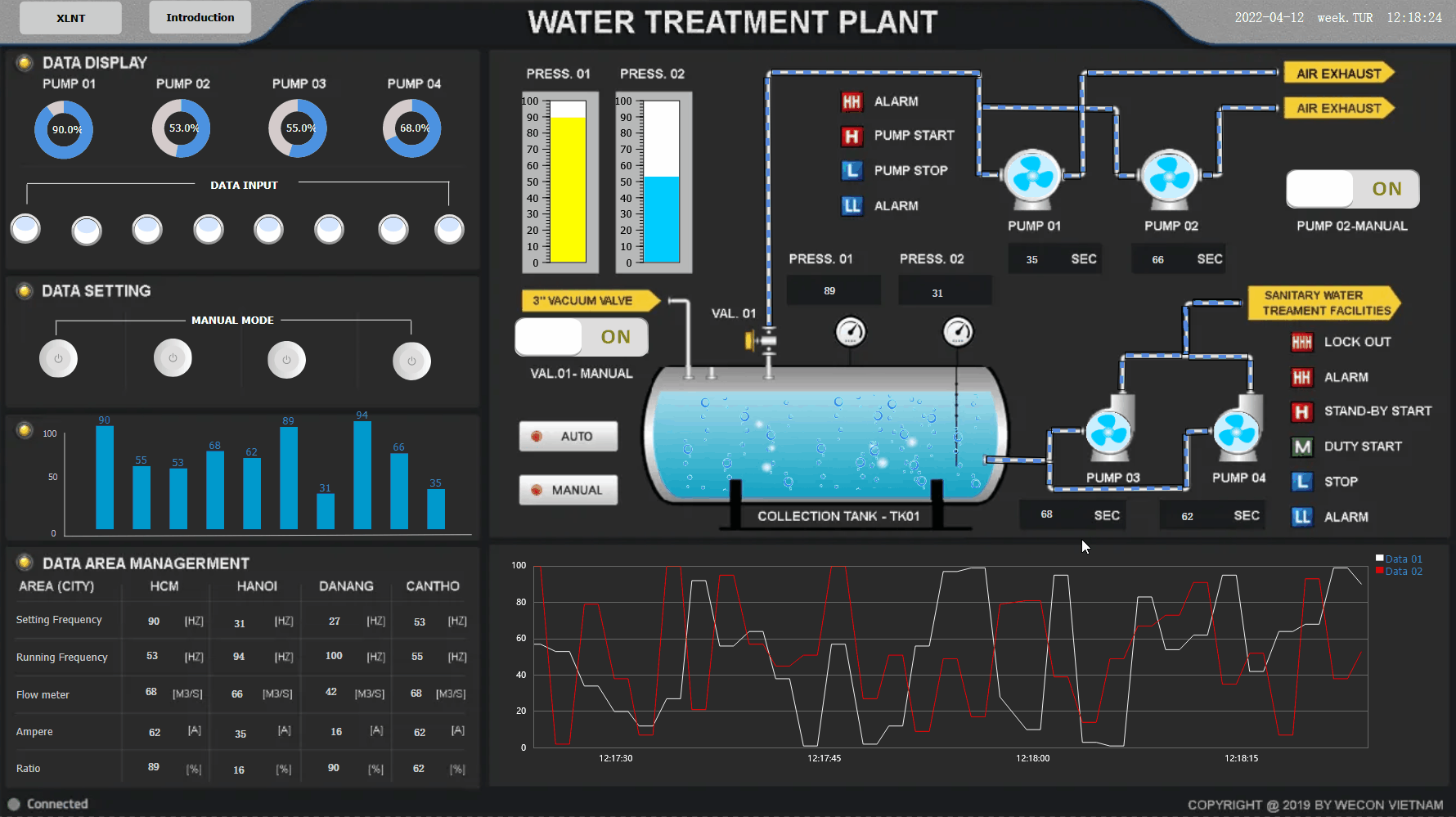
Understanding the architecture of a SCADA system is essential when designing it, as it is one of the fundamental components of automation. The SCADA application typically runs on a server. Clients like desktop computers and screens can then function as HMIs by connecting them to the server.
Since operational devices like PLCs and RTUs are also connected to the server, we can now use the SCADA clients to control and monitor operations. In this post, we will learn the various types of SCADA system architecture such as monolithic, distributed, and networked.
Monolithic SCADA Architecture
Monolithic SCADA architecture is the first and most basic type of architecture used in a SCADA system. Refer to the below image for understanding.
Monolithic SCADA Architecture consists of a single SCADA system communicating with RTUs (remote terminal units).

RTU is a type of PLC too, but it does not have its own display and it communicates majorly through the wireless protocol. Also, it is used in remote locations in a factory where the environment is hazardous and access not possible. WAN stands for wide area network and LAN stands for local area network. The WAN network can be best understood with an example of the internet we use. We have to use some type of network (Wired/Wireless) to connect the systems together to transfer the data between them easily.
Basically, it will connect various devices, irrespective of their location, together. (The network which is used here is a very basic one and was implemented earlier to communicate with remote terminal units (RTU) with one sole purpose in mind: to communicate with RTU in the field and nothing else. In addition, the LAN/WAN protocols in use today were largely unknown at that time.)
As seen in the image, only one SCADA system is the master and it cannot communicate with other SCADA systems. So, it is a simple standalone system. You cannot mix another type of data in this network.
The connectivity with the SCADA master station was very limited by the system provider. The connections to the master were usually made at the bus level through a patented adapter or controller connected to the backplane of the Central Processing Unit (CPU).
Distributed SCADA Architecture
Distributed SCADA architecture is the advanced version of monolithic architecture. As compared to the first system where a single SCADA system was used and was not able to communicate with other SCADA systems, in this system, multiple stations can communicate with each other.
Refer to the below image for understanding. You can see that it is an extension of the previous version. The single SCADA PC is now connected to a LAN network. On this network, other SCADA systems are too connected.
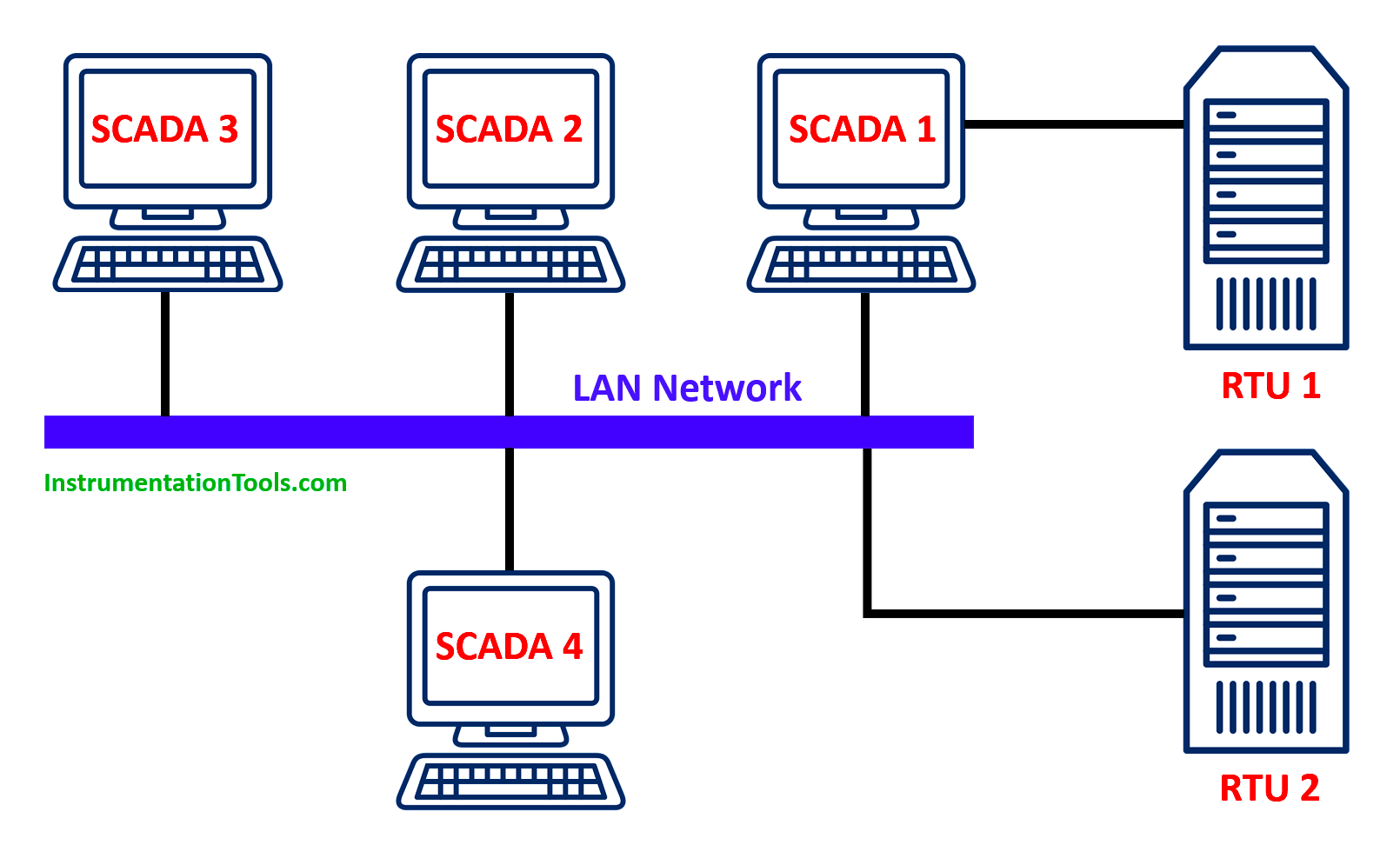
Data sharing between them is now possible. Either it can be client systems or have some other server systems. With this architecture, redundancy is also possible. Only one single LAN network is available and in that, you can integrate your systems.
The distribution of the individual functions of the SCADA system in multiple systems provided more processing power for the system as a whole than would have been available in a single processor.
But, the networks that connected these individual systems were generally based on LAN protocols and could not reach beyond the limits of the local environment.
Networked SCADA Architecture
Networked SCADA architecture is the current crop of architectures we mostly use today in almost all big industries. In a distributed system, you saw that only a single LAN network was available. If you had your system outside this network, then you would not be able to communicate with it. To evaluate this, networked architecture was developed. In this, systems outside a network can communicate with each other through WAN and optical fiber.
Refer to the below image for understanding. You can see a WAN network (not an earlier version, but today’s version of advanced networking) is used to interface with the local LAN network.
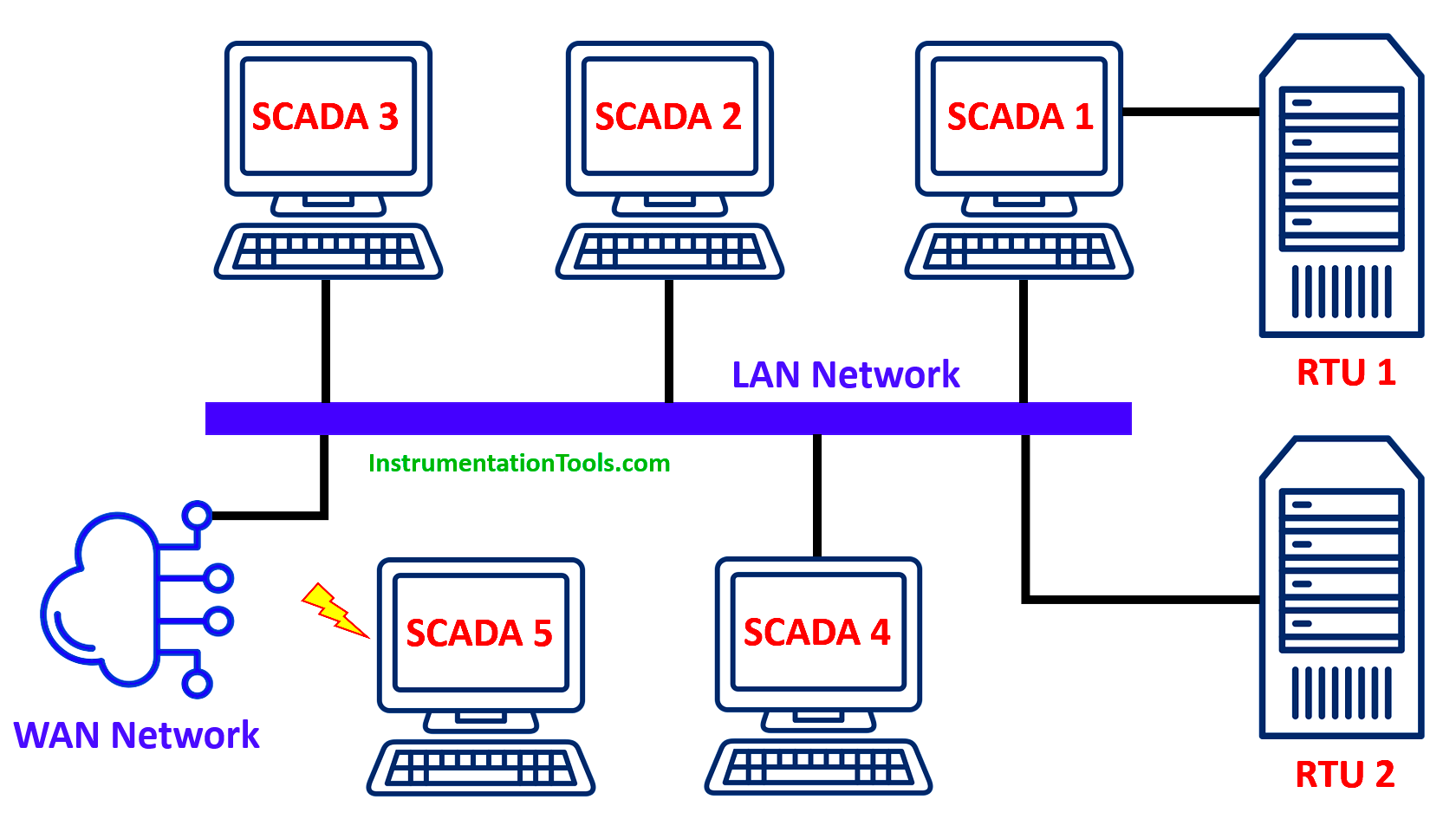
Through this, a SCADA system sitting in some remote part of other countries can too access the system and communicate data with it. This meant that SCADA systems could now not only be used in a single plant but throughout several plants with physical locations far from each other.
With networked architecture, the data and supervisory can be accessed anywhere, even from a physical location different than the plants. The main improvement in the third generation is to open the architecture of the system, using standards and open protocols, and enabling the distribution of SCADA functionality through a WAN and not just a LAN.
If you liked this article, then please subscribe to our YouTube Channel for PLC and SCADA video tutorials.
You can also follow us on Facebook and Twitter to receive daily updates.
Read Next:
- Advanced PLC Programming
- PLC Logic to Count Running Hours
- Types of SIEMENS S7 PLC Racks
- Features of SCADA in IoT System
- How to Configure AI in Delta PLC?
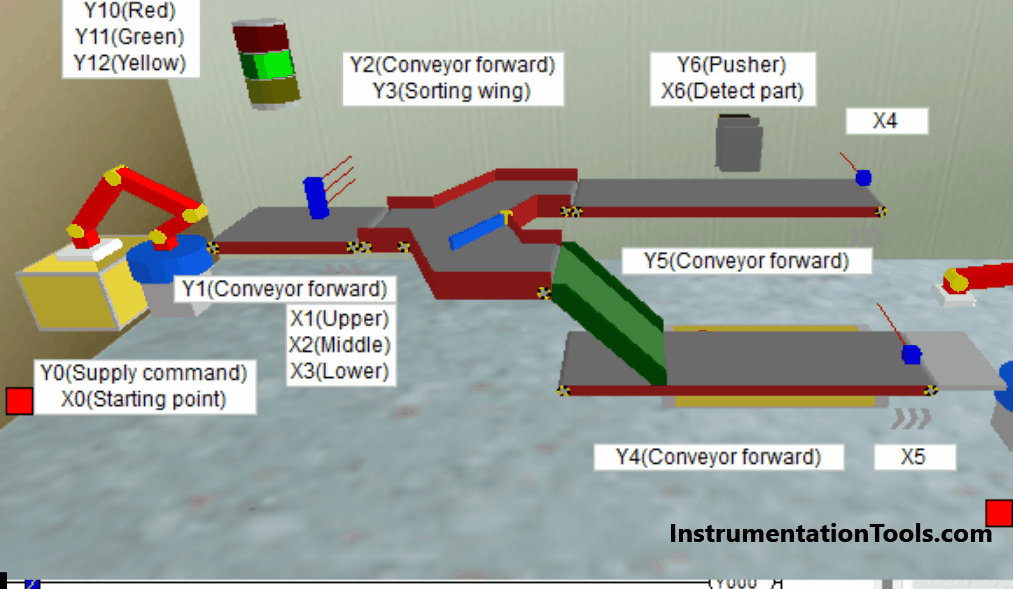



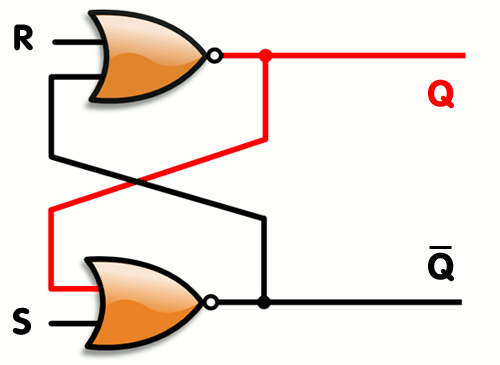

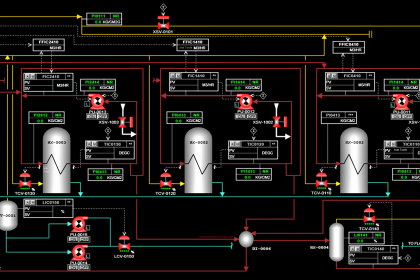
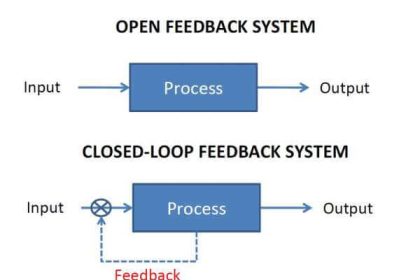





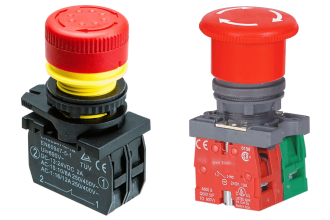
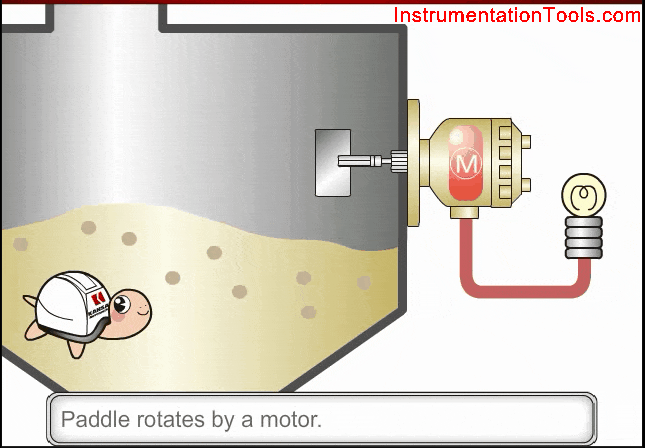


It’s a Very Good details, for Overview information and working about SCADA and PLC You can visit on http://www.itsoji.com Posts section.
Yes it’s 100% good information in simple understanding way for the new students and employees
There are no images below text in any of your correspondence
I am looking for a basic SCADA architecture block diagram.